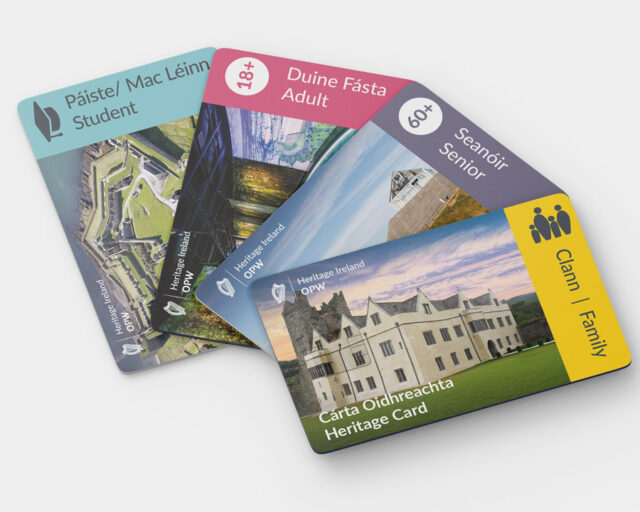What we do
Conserving our nation’s heritage estate for future generations is a cornerstone of what we do. Our approach is rooted in our long record of care for the places of national importance with which we are entrusted.
We are determined to respect the needs of these buildings, collections and landscapes and to apply consistently excellent conservation standards. This approach is mirrored in other aspects of our work, such as tour guiding, curating collections, horticulture, publication and interpretation.
Highly skilled and experienced staff are key to our ethos. All who work with us are committed to our vision, imbued with our core values and dedicated to the individual places they serve. We make sure to employ excellent practitioners in a wide range of areas. We call on the expertise of professionals with knowledge of traditional skills like masonry, stonecutting, carpentry and arboriculture to make sure that conservation works are carried out with an eye on authenticity. Alongside these traditional skills lie modern capabilities, such as the use of innovative technologies to model historic buildings.
We also make full use of the skills available in other agencies and departments in order to fulfil our conservation mission. The archaeological staff from the Department of Culture, Heritage and the Gaeltacht provide crucial input into the projects we undertake as well as high-quality historical material for our publications. The Department also helps us out with research materials, which are invaluable in spreading our message about the importance of conservation.
Research is another vital part of our role and our experts are at the leading edge of scientific and technological advances. A key area of investigation is botany. At many of our sites, top teams of botanical scientists take part in international programmes of collaborative research. These focus on enhancing biodiversity, conserving habitats and promoting the evolution of living spaces for the benefit and enjoyment of generations to come.
The National Botanic Gardens at Glasnevin and Kilmacurragh merit a special mention. Their world-class collection of plants includes over 300 endangered species from around the world, including 6 that are already extinct in the wild. Meanwhile, the National Herbarium has assembled nearly 750,000 dried plant specimens. There is also an active DNA research lab. Together these comprise a unique reference source and a vital resource – a Noah’s Ark for the future.

